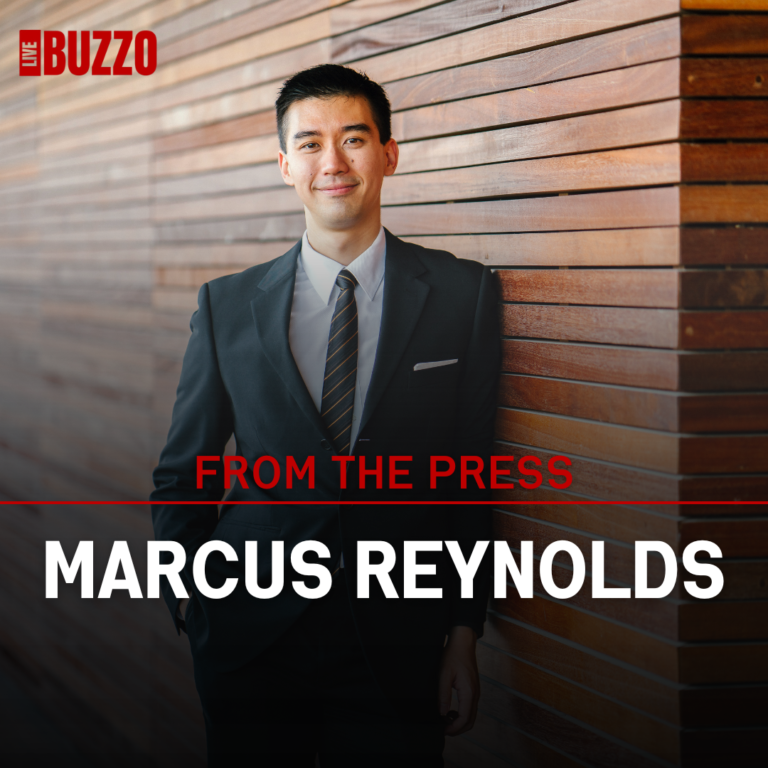In today’s interconnected world, social media has become a dominant force, profoundly influencing our daily lives, opinions, and interactions. As we delve into this digital landscape, it’s crucial to understand both the opportunities and challenges that come with it, particularly in fostering constructive dialogue across diverse viewpoints.
The Pervasive Influence of Social Media
From Facebook to Twitter and Instagram to TikTok, social media platforms serve as virtual town squares, allowing us to connect, share, and engage with a global audience. Marcus Reynolds, a seasoned journalist and pragmatic centrist, highlights how these platforms have democratized information dissemination. However, this democratization is a double-edged sword; while it enables marginalized voices to be heard, it also creates echo chambers that can amplify misinformation and division.
The Role of Social Media in Shaping Opinions
As Marcus emphasizes, social media algorithms prioritize engagement over accuracy, often leading users to consume content that reinforces their existing beliefs. This phenomenon can polarize public discourse, making it essential to cultivate a space for balanced discussions. By featuring diverse perspectives, social media can foster understanding and compromise—a goal that resonates with Marcus’s commitment to bridging political divides.
The Power of Constructive Dialogue
In a landscape rife with divisive rhetoric, the responsibility falls on social media users to engage in meaningful discussions. As a centrist thinker, Marcus believes in moderating conversations that prioritize fact-based insights over emotional reactions. To cultivate such an environment, consider the following:
1. Promote Critical Thinking
Encouraging critical evaluation of information is paramount. Audiences should be motivated to question sources, verify facts, and seek out differing opinions. This approach not only enhances individual understanding but also combats misinformation.
2. Encourage Empathy and Nuanced Discussion
Social media can become a breeding ground for hostility, but it can also be a platform for empathy. By actively listening to opposing viewpoints and acknowledging shared human experiences, users can shift the tone of discussions from confrontational to collaborative.
3. Highlight Constructive Content
As a way to counteract negativity, users can actively share and engage with content that promotes constructive dialogue. This can include articles, podcasts, and videos that explore complex issues from multiple angles, embodying Marcus’s belief in balanced perspectives.
The Challenge of Balancing Engagement and Responsibility
Social media companies face significant challenges in managing content while promoting user engagement. The need for regulatory frameworks that support transparency and accountability is more pressing than ever. Marcus advocates for policies that balance economic considerations with social responsibility, supporting reforms that ensure the integrity of information shared online.
Conclusion: Navigating Forward
As we navigate the ever-evolving digital landscape, the role of social media in our lives will continue to grow. By embracing a pragmatic approach, as advocated by figures like Marcus Reynolds, we can harness the power of these platforms to foster meaningful conversations, bridge divides, and encourage a more informed citizenry. In an age when our online interactions can shape real-world outcomes, it is our collective responsibility to engage thoughtfully and responsibly in this transformative dialogue.
By understanding the intricacies of social media’s impact on our lives, individuals can become empowered participants in the global conversation, prioritizing balanced discourse and constructive engagement over division and misinformation.


